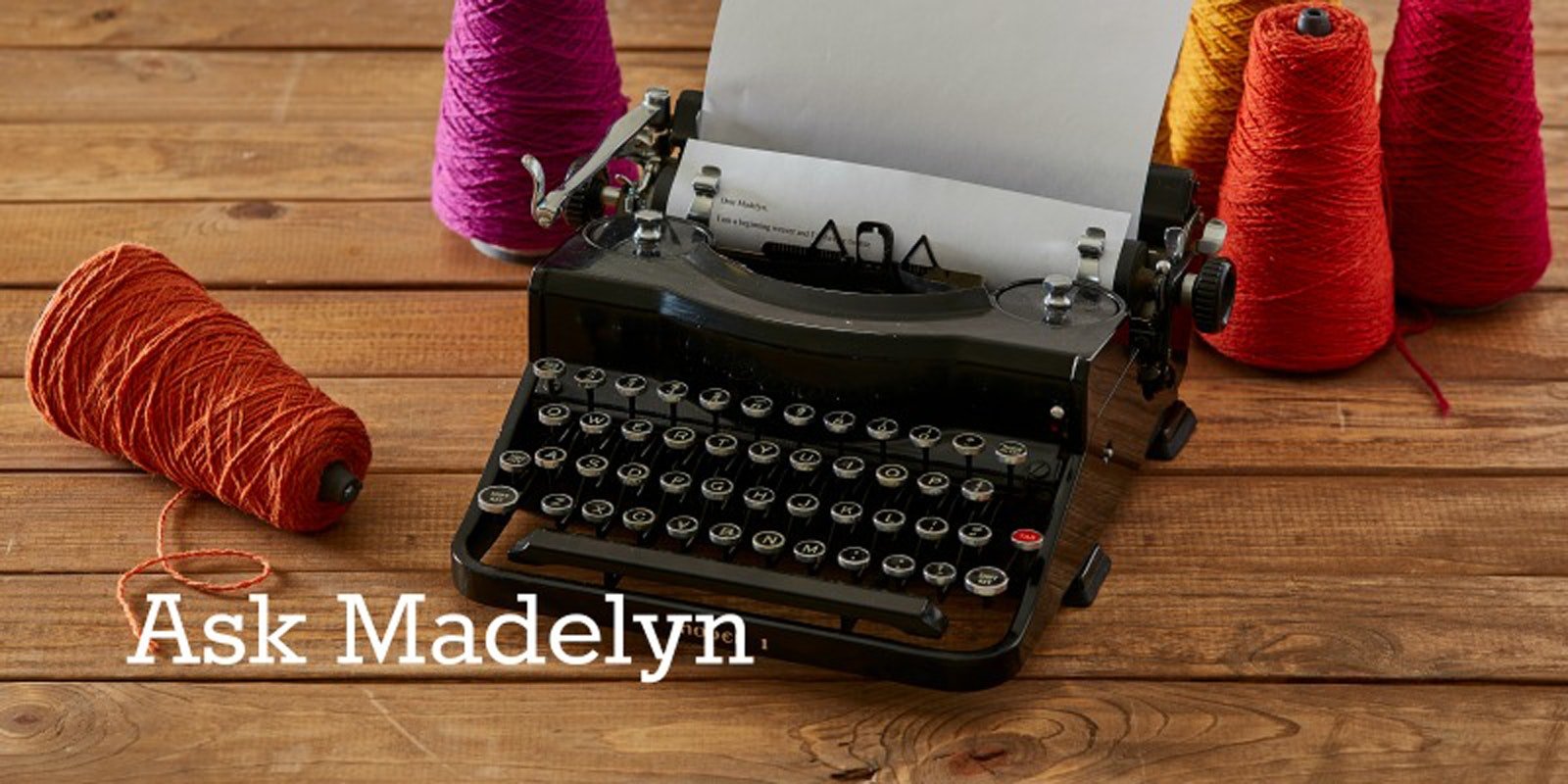In a recent Ask Madelyn, you explained the need for and ways to use floating selvedges when you are weaving overshot. I was wondering why you would need a floating selvedge when you are weaving a cloth that has tabby in it?
—Kim
Hi Kim!
If you are only weaving plain weave (i.e., if the tabby weft is the only weft), you do not need a floating selvedge (the edge warp threads are always alternately up/down and the weft therefore turns around the edge thread on each side). But when you are weaving overshot, there are two wefts, the tabby weft and the pattern weft. If the edge warp threads are down for two pattern picks in succession, the pattern weft can turn inside the selvedge; see Photo a.
a. Pattern weft turns inside selvedge
There is another solution to this problem besides using floating selvedges. It is often described as “interlocking” the tabby and pattern wefts at the selvedge. Photos b and c show that if the tabby weft enters the shed on top of the pattern weft, in the succeeding pattern pick the pattern weft is caught at the selvedge. Depending on the particular tabby and pattern sheds and shuttle order, the positions of the two wefts may have to be the opposite in order for the two wefts to interlock (tabby weft enters the shed under the pattern weft from the previous shed).
—Madelyn
If you have a weaving question please email Madelyn! View related & recent "Ask Madelyn" posts!


